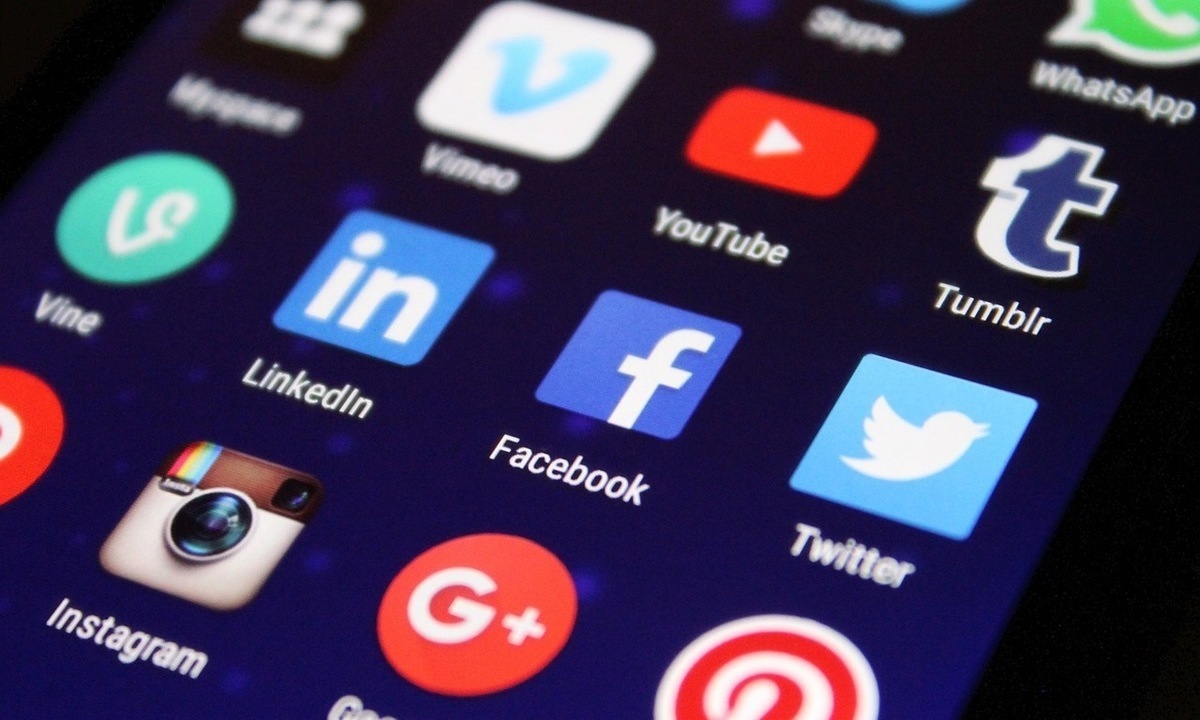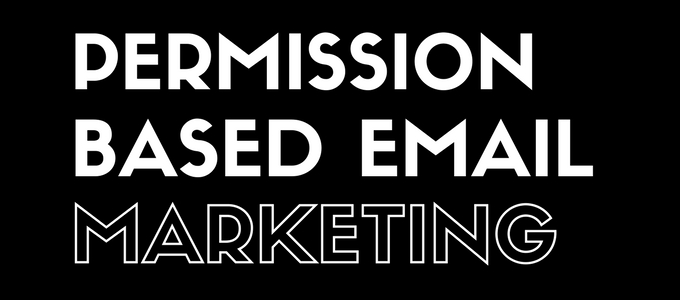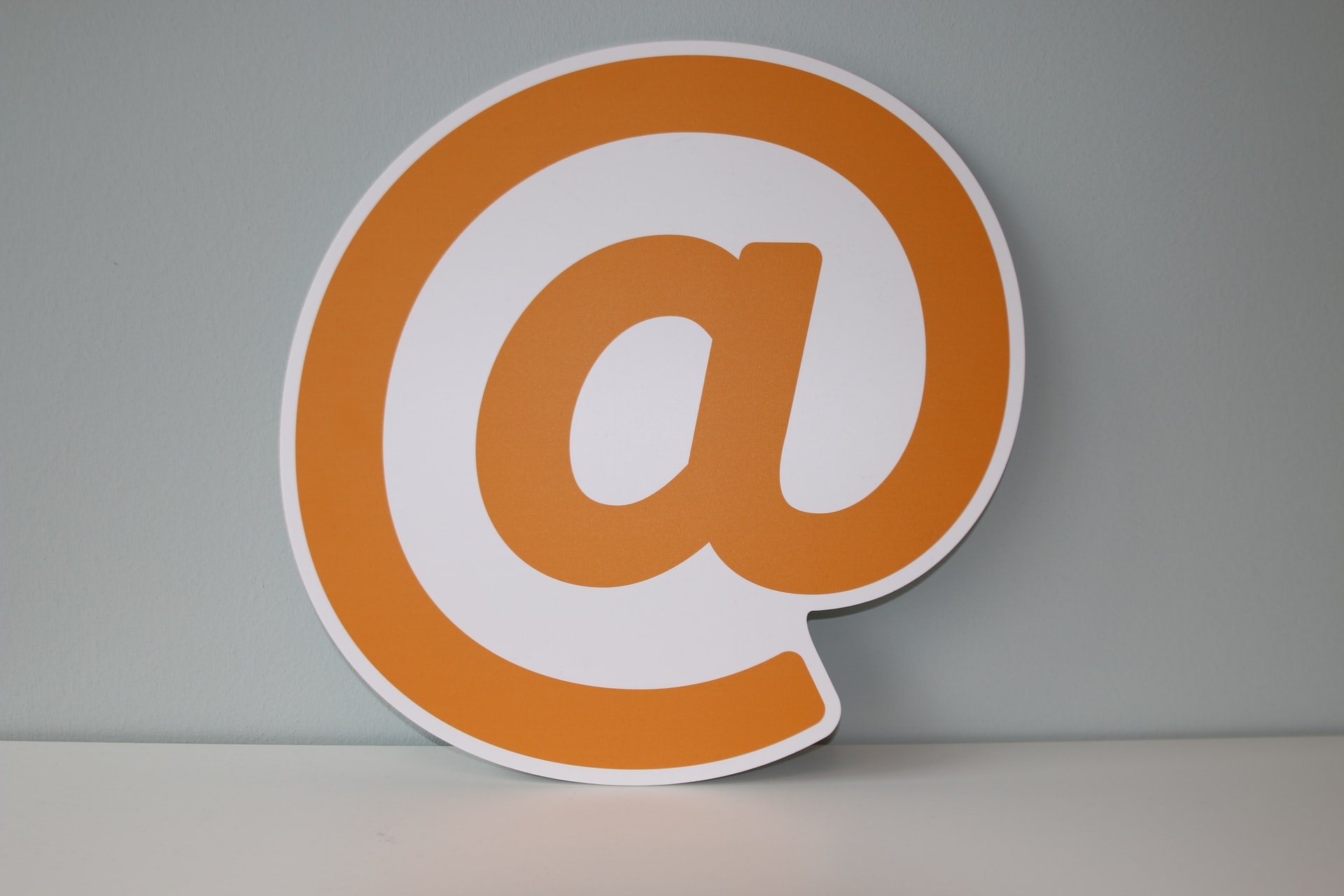What do Facebook, Twitter, Snapchat and Linkedin have in common?
- They’re relied on by millions of business owners, as a way to connect with their marketplace.
- Plus, these same business owners have zero control over them.
Think about that for a moment.
On Friday, the popular Unilad Facebook Page was removed from Facebook. It has over 34 million likes and reaches billions of people. The page came back after a couple of days, following a huge media outcry.
The whole thing served as a timely reminder. A reminder that outsourcing the communication channel between your business and your marketplace, to an unaccountable 3rd party, is really risky.
Of course, if you or I have our main social account deleted, there’s unlikely to be a huge media outcry. Click… and we’re gone, along with the community we built.
The answer?
The answer is to take control away from social networks.
How?
My recommendation isn’t sexy. It’s not fashionable. It’s certainly nothing new. But it works. And it’s of massive value.
I’m referring to email!
Sure, use social as a way to connect with prospective clients / customers, if you really want to. But encourage those people to give you permission to contact them via email.
Pushing ads isn’t community building
Many small business owners fail with email, because they make their emails little more than a series of advertisements. Every email should contain what I call Independent Value. This means the reader should get something of value, independent of whether they spend money with you.
So no, a series of emails from you all about special offers isn’t going to cut it. That’s advertising, not community building.
Here’s what works: Only contact people when you have something useful to share. Show up regularly. You’ll then be building your very own permission-based community (what Internet marketers refer to as “your list”).
Yes, make it easy for people to get in touch with you, when they want to hire you or buy from you. Just don’t make that the focus of your emails.
Get it right and you’ll never be reliant on any social network.
I don’t have the time, Jim
A couple of interesting things happen, when you no longer need to spend all that time every day, feeding your business’ social networks.
- You’ll rediscover the time you lost. This will give you more than enough time to build your own email community. I’m a dad, husband and I run a successful marketing business with clients all over the world. Plus, I work out for over an hour every day. However, I spend less time on social networks than anyone I know. That’s not a coincidence.
- You’ll also find it massively easier to focus. It’s difficult to concentrate on anything, when you’re being constantly distracted by social media updates.
These benefits combine to provide you with a far more productive working environment.
They also “gift” you the additional time and clarity required, to create useful content for your email community.
Business and personal
An important distinction needs to be made, between business and personal use of social networks.
I’m not suggesting you stop connecting with family and friends.
Far from it! I myself use Twitter socially. The vast majority of my contacts and tweets are not connected to my business. It’s a leisure activity for me, which I really enjoy.
My point is the importance of building your business community on a platform, which YOU control. It’s about highlighting the risks of handing the main communication channel between you and your marketplace, to a 3rd party, over which you have zero control.
How effective can building an email community be, when a small business handles it correctly? Well, despite Jim’s Marketing Blog being one of the most popular blogs in its niche, 12 times MORE people read the email version of the blog. My email readership is also, easily my biggest source of new clients and enquiries.
Outsourcing the communication channel with your marketplace, to any social network, is extremely risky. It’s also 100% avoidable.
Here’s what you need to know: This is a proven example, which shows you how to get it right. It includes how I helped a client build a massively valuable reader community. You can read it here.



















